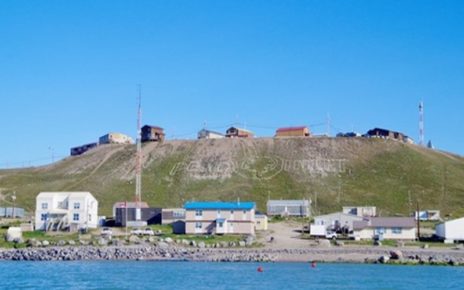In the next decade, five billion people are set to join the virtual world. Online accounts will eventually outnumber the current population of Earth. This digital revolution will impact citizens, governments, and international actors as information becomes readily available to all, and online engagement increases between all actors.
In their new book, The New Digital Age (2013), Eric Schmidt and Jared Cohen explain that connectivity will be particularly paramount to societies with weak physical infrastructure, as it “will enable people to build businesses, engage in online commerce, and interact with their government at an entirely new level…Citizen participation will reach an all time high as anyone with a mobile handset and access to the Internet will be able to play a part in promoting accountability and transparency.”
Global communication has rapidly developed since the beginning of the new Millennium. Overall, broadband pricings, particularly mobile broadband, have drastically dropped and this has enabled the global expansion of connectivity and digital enlightenment. A recent United Nations’ report projects that by the end of this year, 2.7 billion people (40 percent of the world’s population) will be online. Also, 6.8 billion mobile-cellular subscriptions are expected to come into effect. Developing countries have made tremendous improvements in terms of global communication. In 2014, mobile penetration in Africa is expected to rise to over 63 percent, a staggering improvement from the mere 2 percent the continent had in 2000.
[captionpix align=”left” theme=”elegant” width=”300″ imgsrc=”http://natoassociation.ca/wp-content/uploads/2013/10/Untitled.png ” captiontext=””]
Large differences still remain between developed and developing countries. Only one third of the world’s population has access to the Internet, while most people on our planet remain entirely disconnected. Map 1 is a cartogram that illustrates the total number of Internet users in a country by using hexagons, with each hexagon accounting for about one third of a million Internet users. The shading of each country represents the penetration rate for that specific country, and darker shades account for higher levels of Internet usage amongst the population. The distortion in the map shows that despite noticeable mobile penetration, Internet population and penetration in many African countries is still weak. Most of Sub-Saharan African countries have an Internet penetration of less than 10 percent, and have experienced minuscule growth of Internet usage in recent years. However, each African country differs in the way it adapts to internet usage. Many African countries have experienced growth since 2008, as almost all North African countries doubled their population of Internet users. Moreover, Kenya, Nigeria, and South Africa also saw rapid growth in recent years.
Connectivity also impacts developing countries through social-media. Social media was an essential ingredient for the Arab Spring and Syrian civil war. Moreover, many peace-building initiatives use crowd-sourcing, crisis-mapping, and micro-blogging to foster changes and meet the needs of citizens in developing countries when governments fall short. One such initiative is known as Conflict Early Warning and Response (CEWARN) in sub-Saharan Africa. It leverages social media, along with satellite information and media reports, to prevent conflict over land, water, and other resources. Another example is YaLa-Young Leaders; they aim to foster inter-communal dialogue between Israelis, Palestinians, and others in the Middle East by actively campaigning against violence.
In addition, internet usage also produces amounts of data that is generated through online communication. This data revolution, or “Big Data,” gives insight into how people think it tries to predict the future. The ability to analyze this data enables initiatives that can truly make a difference in conflict zones. For example, mobile-phone data is being used to anticipate large-scale refugee movements. This analysis shows how it can save people and improve the lives of those that are affected by war. Another example is a software developed by Dr. Kira Radinsky and Eric Horvitz. It searches news and historical archive for patterns which, in turn, computes the causes of disease outbreaks, deaths and past riots. It is also able to compare past patterns to current conditions. As an example, Radinsky’s and Horovitz’s software successfully predicted a major cholera outbreak in Cuba in 2012. The software determined which states were prone to cholera outbreaks by finding a correlation between droughts and floods. Simply put, a state that suffers from droughts and then floods is prone to cholera outbreaks.
This great power, which allows us to better our lives, also has repercussions. Digital media and technology have also been used to enable violent conflict, such as the recent attack on the Westgate shopping mall in Nairobi. However, such instances occur on a limited scale.
Virtual classrooms are becoming frequent and initiatives such as EdX, Coursera, and TED are founded on the idea of free education for all. Such initiatives expose people to inspirational information. These type of initiatives, and access to internet in general, bridge the inequality gap.
Masses of people are joining the digital revolution as broadband prices continue to drop, and the implications of such a revolution on developing countries is truly staggering. Digital media and technology allow people to share information, collaborate, and learn with ease by just clicking a button. The internet is a powerful tool for improving the daily lives of people in developing countries, specifically because of its vast uses.




